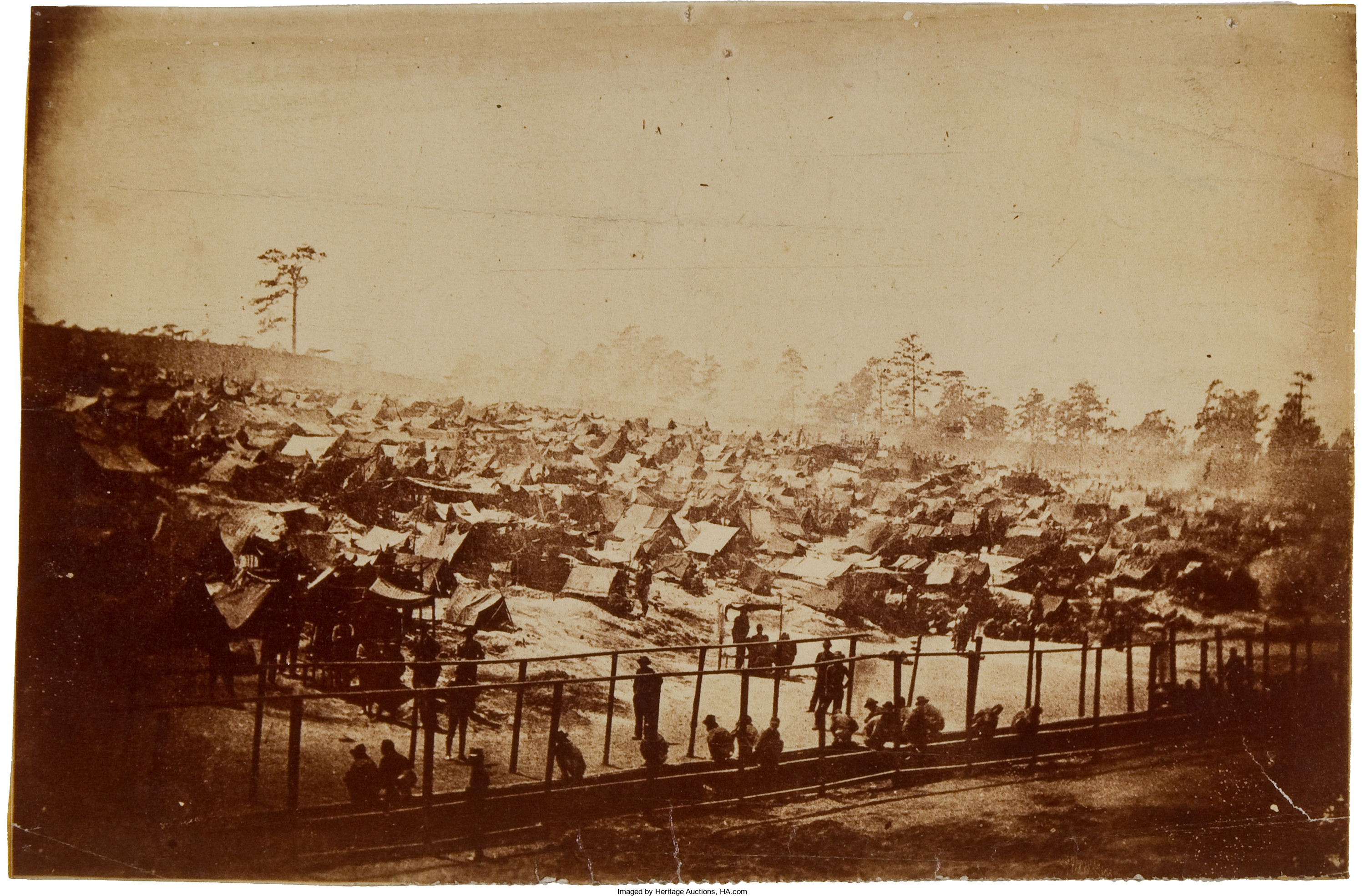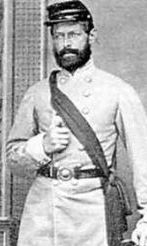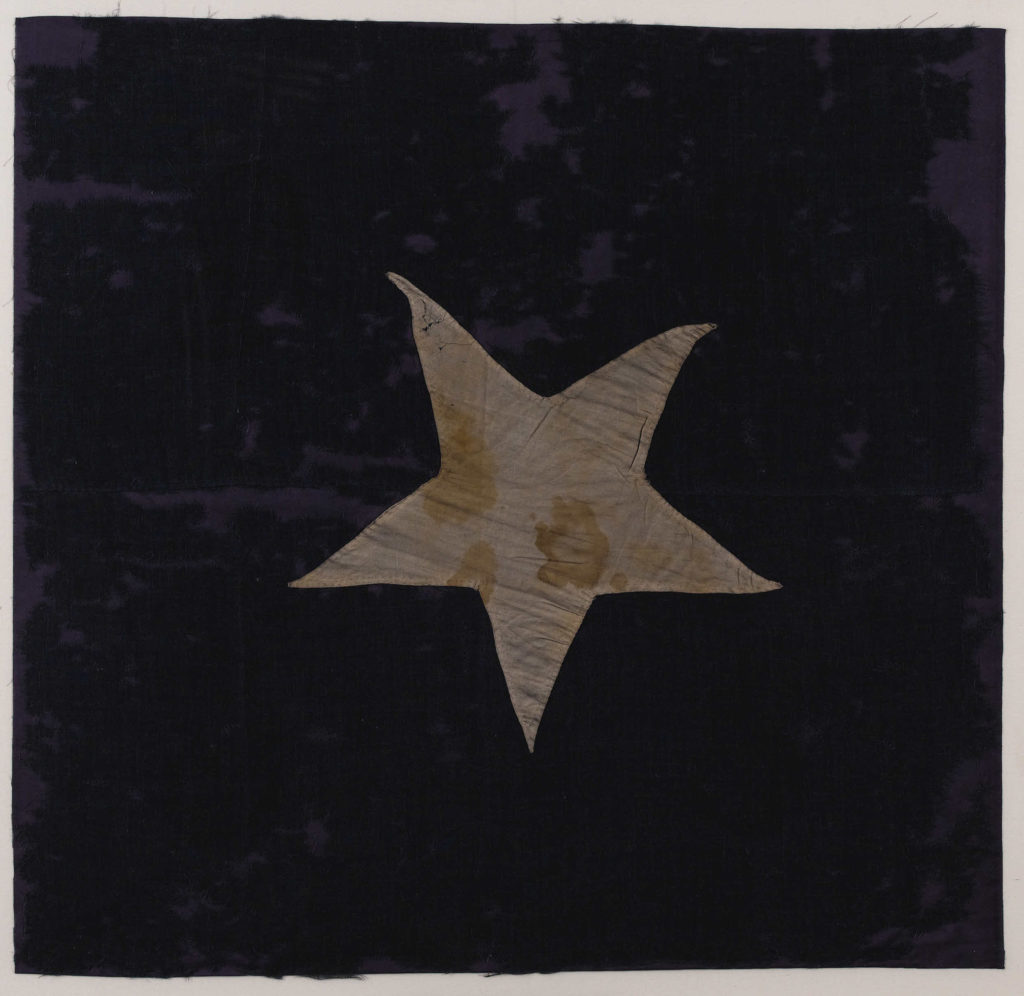
By Jim O’Neal
Henry Wirz (1823-65) was born in Zurich, Switzerland, the son of a tailor. He grew up with an abiding passion for medicine, however, his family had limited resources and his father insisted on a more pragmatic mercantile career. After migrating to America, he ultimately claimed to be a physician and successfully started assisting doctors, despite most certainly lacking any formal training or medical degrees.
At the start of the Civil War, he was living in Louisiana. He enlisted as a private in the Fourth Louisiana Infantry and became a sergeant. At the important Battle of Seven Pines in Virginia in 1862, Wirz was wounded above his right wrist, which incapacitated him for life. Seven Pines was strategically important since it led to the appointment of Robert E. Lee as Confederate Commander, which had a profound effect on the duration of the war.
In April 1864, (now) Captain Wirz was ordered to Camp Sumter near Anderson in Georgia, where he was given command of the prison that would become known as the infamous Andersonville Prison. It was already crammed with war prisoners and low on critical supplies that would only worsen as the war dragged on. Wirz made a feeble attempt to reorganize, but he lacked the necessary authority and all attempts to gain a promotion were denied. He had the support of superior officers, who called him “major,” but it is not clear if he attained that rank.

As the war continued, conditions at Andersonville deteriorated and many prisoners blamed Wirz, describing him as a brutal tyrant. Observers were critical of his accent, excessive use of profanity and outbreaks of rage. By the end of the war, he was among the most notorious Confederate prison officials.
Perhaps because of naïveté or unaware of the North’s anger over prison conditions, he made a tactical blunder and did not join the other prison officials who fled. Instead, he stayed at Andersonville, where he was arrested, taken to Washington and tried on charges of murder and mistreatment of prisoners. A hostile military commission limited his defense against conflicting testimony, found him guilty, and hanged him on Nov. 10, 1865, in the yard of the Old Capitol Prison (near the site where the U.S. Supreme Court stands today).
It was a messy hanging since his neck did not break and he was strangled to death. The trial is controversial yet today. In 1909, the Georgia Chapter of the United Daughters of the Confederacy erected a memorial to him at Andersonville. It may be a while before monument protestors figure out who he was.
 Intelligent Collector blogger JIM O’NEAL is an avid collector and history buff. He is president and CEO of Frito-Lay International [retired] and earlier served as chair and CEO of PepsiCo Restaurants International [KFC Pizza Hut and Taco Bell].
Intelligent Collector blogger JIM O’NEAL is an avid collector and history buff. He is president and CEO of Frito-Lay International [retired] and earlier served as chair and CEO of PepsiCo Restaurants International [KFC Pizza Hut and Taco Bell].

